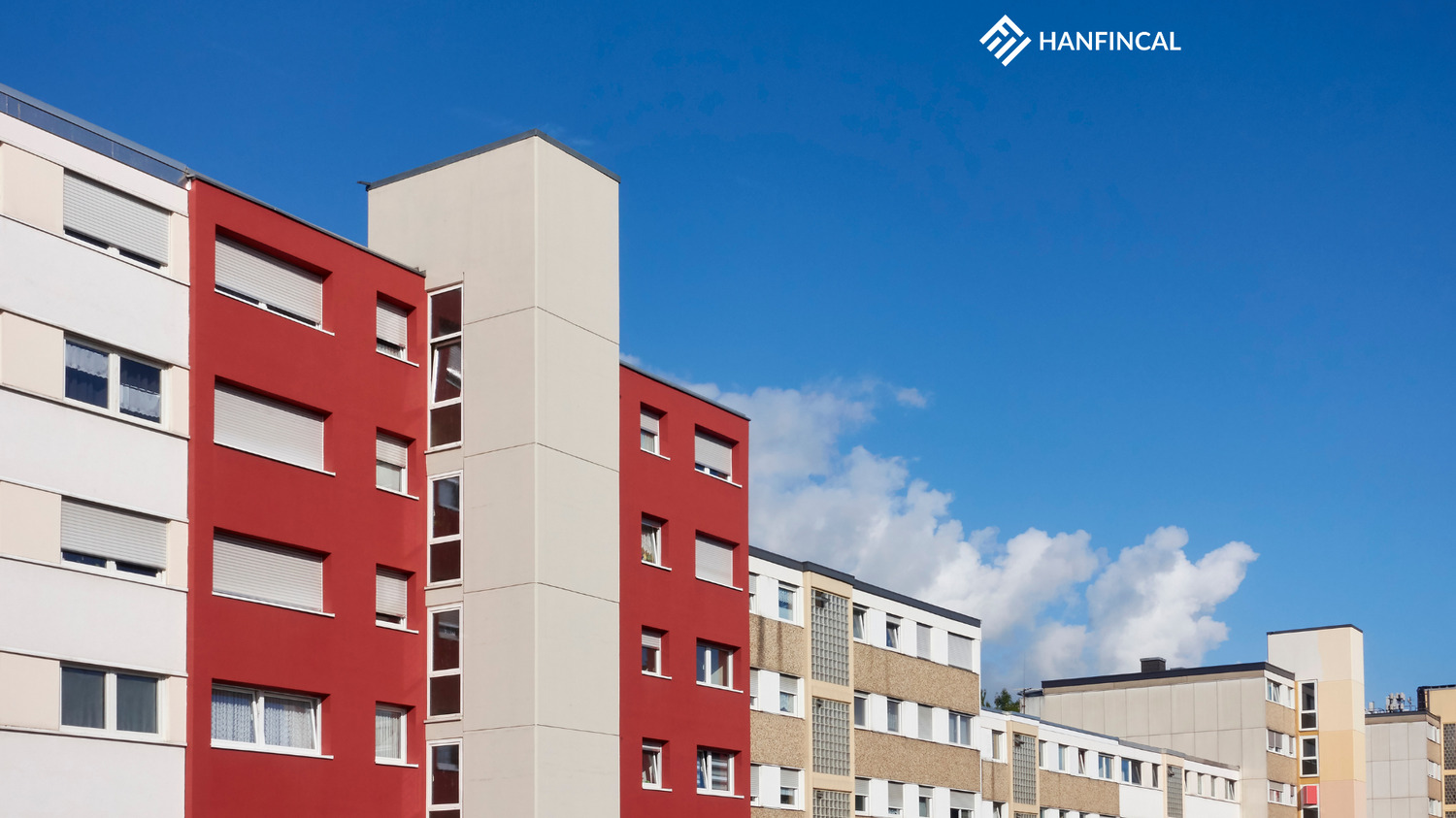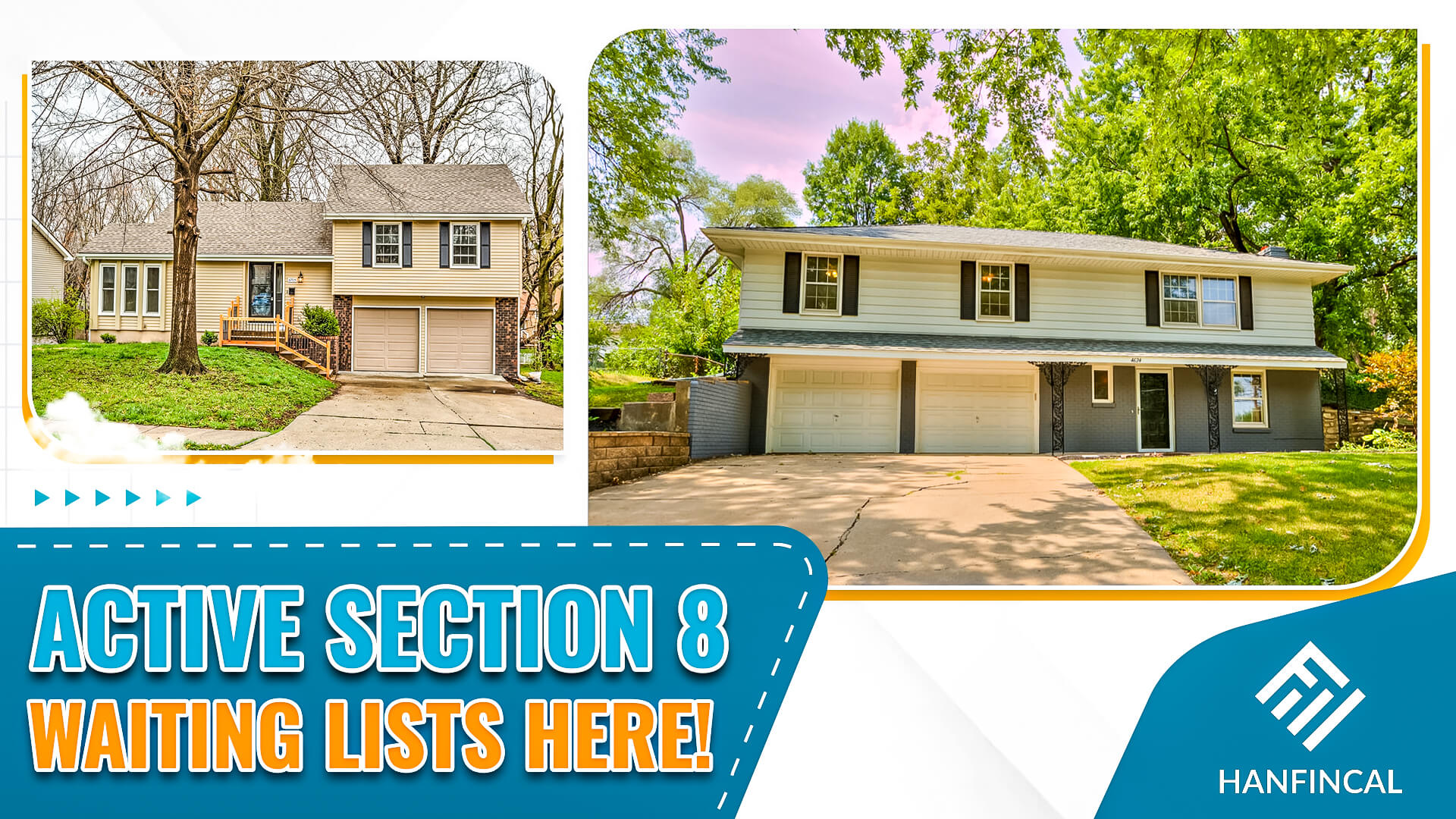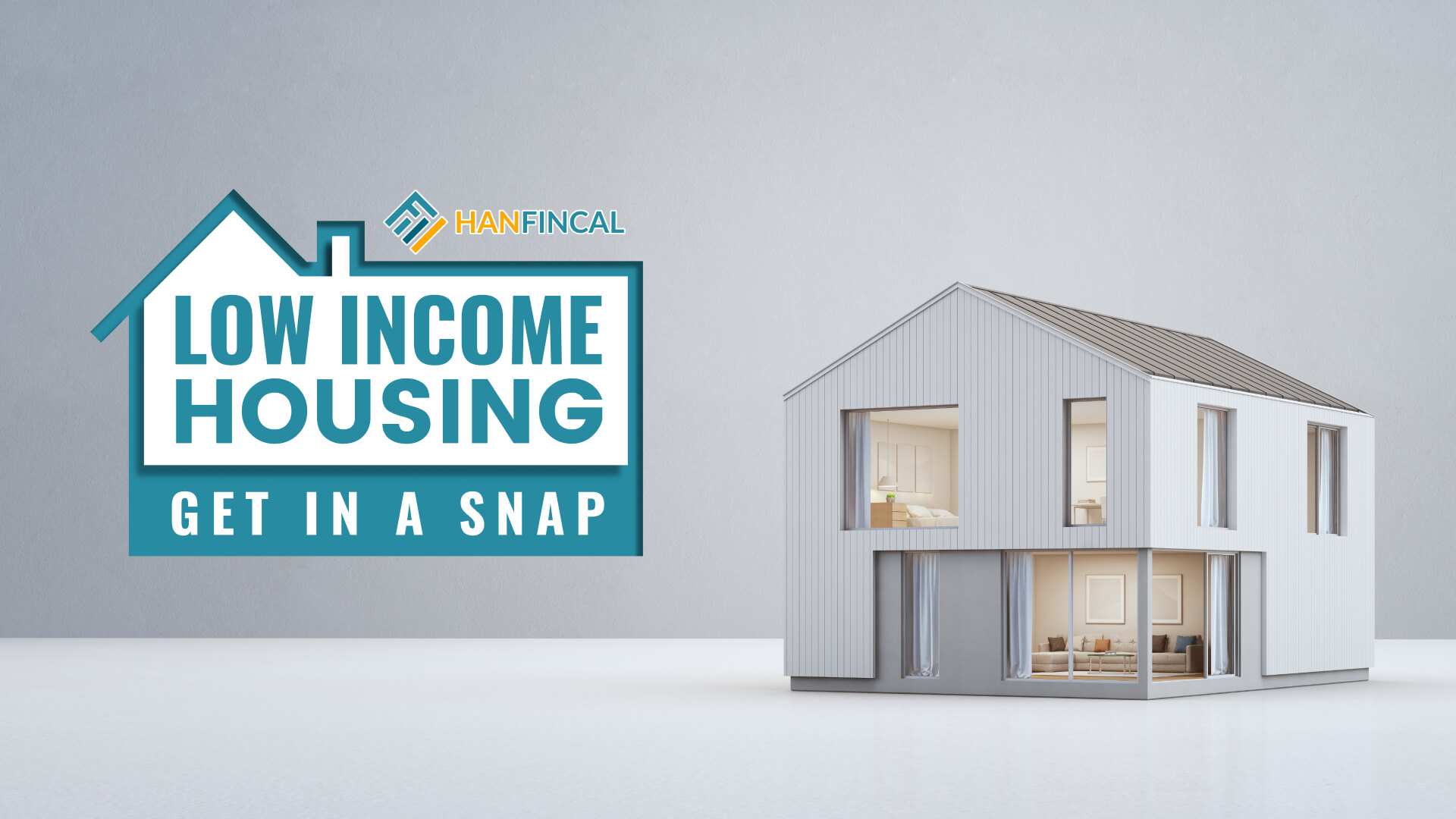Low-income housing programs are right in your area. Why do you overlook them? Having a dream home is a critical goal everyone has in mind for their dream retirement planning. But that does not come true for everyone. The financial or income barrier is the impediment. Some people work their entire lives, but they still do not have enough money to buy a house. But in the end, America did not abandon its citizens. The government put in place some programs for low-income people, including housing. Do you know what they are; Hanfincal you with helpful information here. Let’s come together with this article and select the best housing program for you.
1. How to divide income levels?
Income is annual gross income (before any deductions). According to Pew Research, middle-income Americans have annual household incomes that are two-thirds to double the national average.
However, that also can be adjusted for local cost of living and household size. In 2018, the lowest-income group earned less than $40,100 for a family of three.
Based on Pew Research data, here’s a breakdown of income and class for a family of three:
- Low-income: Less than $40,100
- Middle income: $41,000 – $120,400
- Upper income: More than $120,400
2. Validated low-income housing programs
2.1. Section 8 voucher (Housing choice voucher program)
Section 8 is a private organization. That receives government funding and provides valuable and free housing information. The target is low and very low-income households to pay their housing rent. One of the best low-income housing government programs is the Housing Choice Voucher Program. It does not offer cash help; instead, rent is in the form of vouchers.
If you are interested, click here for more surprising:
Housing can be homes, townhouses, or apartments and is not limited to units in subsidized housing projects. Besides, Public Housing Agencies (PHAs) are administering housing choice vouchers on a local level.
The low or very low-income family must find a house where the owner agrees to rent under the program. Then the PHAs will distribute the voucher directly to the owner. As a result, the family only pays the rent left after all.
If your rent is 30 to 40% of your household’s adjusted gross income, you are eligible to get a Section 8 voucher. You have to contact the local housing authority in the area where you intend to move (if it opens at that time).

Save your rent – Section 8 Housing Voucher
Aside from the Section 8 program, you can get other financial assistance in many fields, such as government assistance programs, free benefit programs, financial investment advice, grants, financial aid, financial hardship advice, etc. If you are having financial difficulties, do not leave this help.
2.2. Public housing programs
If you don’t know where to begin or what to do first, finding a public housing community is the best option for you. The Public Housing program will assist you in locating affordable low-income rental housing communities. Moreover, reputable Public Housing agencies are your companions.
Over 3,300 housing authorities in the United States provide Public Housing help for a specific jurisdiction, and it can be a city, county, or region with many areas. Moreover, each housing authority determines the smallest rent, ranging from $0 to $50 per month.
- How to find Public housing programs:
Finding information in the technology 4.0 era is no longer a challenging task. Here are four options for getting on a Public Housing waiting list and receiving much more appealing housing programs:
- Look for information and visit affordable Housing online. You can get all accessible information about Housing just by your email and zip code.
- Look for your area on Affordable Housing Online.
- Sign up for email alerts from Affordable Housing Online.
- Make contact with a Housing Authority.

Affordable Housing near you – Explore here
2.3. Low-income housing tax credits (LIHTC)
This program state and local housing finance agencies manage. It plays an essential resource for affordable housing development. The primary responsibility is to subsidize cheap rental housing acquisition, construction, and rehabilitation for low-income and moderate-income tenants. Furthermore, LIHTC provides an annual budget authority of approximately $8 billion.
LIHTC tax credits are divided into two categories: 9% credits and 4% credits
- The 9% LIHTC is for new construction and larger renovation projects, and it is based on preferences and priorities outlined in the housing finance agency’s Qualified Allocation Plan.
- The 4% LIHTC in high-cost areas is for preservation and acquisition-rehab projects, and it belongs to affordable housing projects supported by private-activity bonds.
Apply for low-income housing tax credits by locating an application, filling it out, and submitting it to be added to the waiting list.
2.3. HOME Investment Partnerships Program (HOME)
The HOME program is a federal government grant for large cities, towns, and states that do not receive direct government funding. They use the HOME fund for various housing-related activities. These include new home buy and rehabilitation help and the acquisition or improvement of a run-down house for rent.
One more thing, this program is only available to low-income families. To qualify for rental housing help, at least 90% of benefiting families must earn no more than 60% of the area’s median family income. In which, the average family income is according to databases of HUD (The U.S. Department of Housing and Urban Development).
Contacting your local administering agency is the only way to apply for the HOME Investment Partnerships Program; local office information may help you.

Looking for housing programs?
2.4. HOPE IV (For elderly independence)
The status of the elderly in America usually comes to nursing homes as soon as they retire. Thus, the HOPE IV prevents their premature situation and helps very low-income, frail, elderly remain in an independent living environment.
HOPE IV is a program that provides income-qualified, frail, older people with Section 8 rental vouchers. HUD pays for 40% of supportive services costs, grantees must pay for 50%, and participants spend the remaining 10%. Residents who are elderly (62 or older) or disabled and have an income of no more than 50% of the area’s median are eligible for this program.
3. Frequently ask questions
Can you get HUD with no income?
Because the HUD program supports and assists people with low- and under-low incomes, you can still take part if you have no income. That is determined by each program and the agreement reached with the landlord of that program.
How much does HUD pay for rent?
Most HUD programs will assist and pay 70% of the rent to eligible participants. The remaining 30% are self-paying participants based on their adjusted income. The adjustments are deductions for elderly and disabled families, some medical and some childcare expenses.
How do you calculate 30% of rent?
The 30% you pay is calculated by dividing your annual income by 12 and multiplying the result by 30%. Its outcome is known as the total tenant payment.
We hope that some of the low-income housing programs for families mentioned above will ease your housing concerns. If you want to know what programs are available to you or what help programs are available in your state; leave your questions. HanFincal will become your companion, providing the most up-to-date and accurate information about subsidized housing policies.
==> Read More:
- How To Apply For Section 8?
- What Is Section 8 Housing?
- How To Get Section 8 Immediately?
- How To Find Section 8 Housing?
- Section 8 Waiting List That Are Open Now
- How To Qualify For Section 8 Housing?
- How To Get Low Income Housing Fast?
- What Is Affordable Housing?
- How To Apply For Rental Assistance?
- What Does Subsidized Housing Mean?
==> Finding the Section 8 application process in your state here:
- How To Apply For Section 8 In Florida?
- How To Apply For Section 8 In California?
- How To Apply For Section 8 In Georgia?
- How To Apply For Section 8 In Texas?
- How To Apply For Section 8 In New Jersey?
- How To Apply For Section 8 In Illinois?
- How To Apply For Section 8 In Pennsylvania?
- How To Apply For Section 8 In Michigan?
- How To Apply For Section 8 In North Carolina?
- How To Apply For Section 8 In Arizona?
- How To Apply For Section 8 In Ohio?
- How To Apply For Section 8 In Virginia?
- How To Apply For Section 8 In Massachusetts?
- How To Apply For Section 8 In Maryland?
- How To Apply For Section 8 In Tennessee?
- How To Apply For Section 8 In Indiana?
- How To Apply For Section 8 In Los Angeles?
- How To Apply For Section 8 In Connecticut?
- How To Apply For Section 8 In South Carolina?
- How To Apply For Section 8 In New York?
- How To Apply For Section 8 In Kentucky?
- How To Apply For Section 8 In Oklahoma?
- How To Apply For Section 8 In Colorado?
- How To Apply For Section 8 In Alabama?
- How To Apply For Section 8 In San Diego?
- How To Apply For Section 8 In Louisiana?
- How To Apply For Section 8 In Minnesota?
- How To Apply For Section 8 In Mississippi?
- How To Apply For Section 8 In Missouri?
- How To Apply For Section 8 In Oregon?
- How To Apply For Section 8 In Delaware?
- How To Apply For Section 8 In Wisconsin?
- How To Apply For Section 8 In New Mexico?
- How To Apply For Section 8 In Arkansas?
- How To Apply For Section 8 In Iowa?
- How To Apply For Section 8 In Maine?
- How To Apply For Section 8 In Nebraska?
- How To Apply For Section 8 In Nevada?
- How To Apply For Section 8 In Idaho?
- How To Apply For Section 8 In South Dakota?
- How To Apply For Section 8 Housing In Utah?
- How To Apply For Section 8 In Rhode Island?
- How To Apply For Section 8 In Hawaii?
- How To Apply For Section 8 In Kansas?




